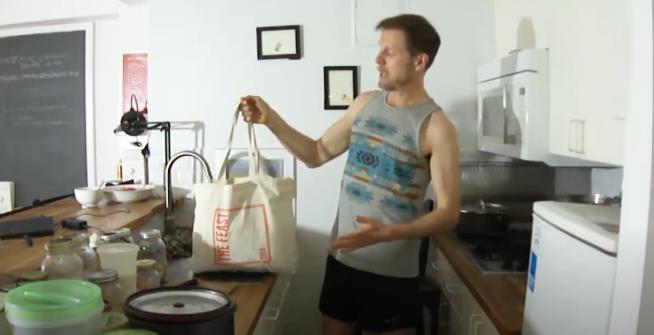Bram Sable-Smith and Peggy Lowe, KCUR | (TNS) KFF Health News Six months after Gabriella Magers-Darger’s legs were burned by sparks from a ricocheted bullet at the Kansas City Chiefs Super Bowl parade in February, the 14-year-old is ready to leave the past behind. She is dreading the pitfalls of being a high school freshman, even as she looks forward to being back with friends and at color guard, dance, and volleyball. She might even join the wrestling team to get some respect at school.
But the past remains ever present. At a July Fourth gathering, a family friend brought noise-canceling headphones in case the fireworks became too much. Earlier in the summer Gabriella had a hard time viewing a relative’s gun collection, the handguns in particular.
And she hyperventilated when she saw a family friend’s finger after it was sliced by accident — the sight of blood reminds her of seeing a fatally wounded Lisa Lopez-Galvan minutes after she was shot outside Union Station, the only person killed that day. Her mom, Bridget Barton, said Gabriella has had a chip on her shoulder since the parade. “She’s lost some softness to her, some gentleness to her,” Barton said.
Children are particularly vulnerable to the stresses of gun violence, and 10 of 24 people injured by bullets at the Feb. 14 parade were under 18 years old. Countless more children like Gabriella experienced the trauma firsthand.
They’ve endured fear, anger, sleep problems, and hypersensitivity to crowds and.


















